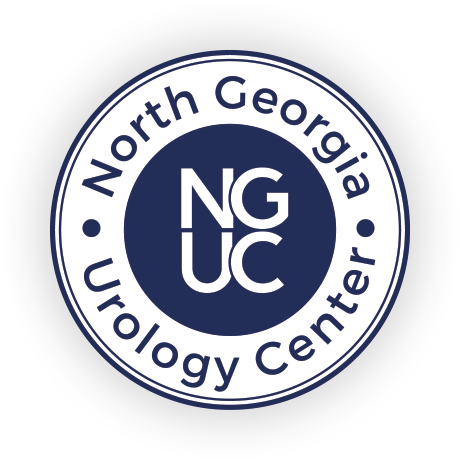General Information
Holmium laser treatments use laser energy to remove obstructing prostate tissue. A less invasive treatment option, holmium laser treatment provides immediate symptom relief and improves quality of life with little risk of complications.
Holmium laser treatment uses a thin flexible fiber to transmit the laser energy to the prostate with a very high degree of precision.
Your doctor controls the direction and delivery of laser energy by moving the fiber back and forth in a sweeping or ‘painting’ motion. The laser energy instantly vaporizes the obstructing tissue. The laser also seals the area, resulting in little if any bleeding during and after the procedure.
Since holmium energy penetrates superficially, thermal injury to surrounding tissue that could delay your symptom relief is avoided. And if you should also have a bladder stone, the holmium laser can be used to fragment and remove your stone during the prostate treatment.
Holmium Laser treatment is a minimally invasive alternative to TURP (transurethral resection of the prostate). It uses laser energy to relieve enlarged prostate symptoms and is designed to reduce traditional complications associated with TURP. With holmium laser therapy, patients experience minimal pain after the operation and spend less time in the hospital than with TURP. They are also able to resume normal activities within a week. There are few to no sexual side effects with holmium laser therapy, and, unlike TURP, it can be performed on patients taking anticoagulant medications like Coumadin® (warfarin sodium).
Benefits
- The procedure may be completed in an hour or less, depending upon the size of your prostate, amount of prostate removed, surgical technique, and power of laser used by your doctor.
- There are fewer risks for post-operative complications than TURP (transurethral resection of the prostate) and recovery time is shorter.
- Most patients experience little or no bleeding, and go home without a catheter after a few hours or overnight stay.
- Pain medication is rarely needed and you can be back to normal activities soon after going home.

